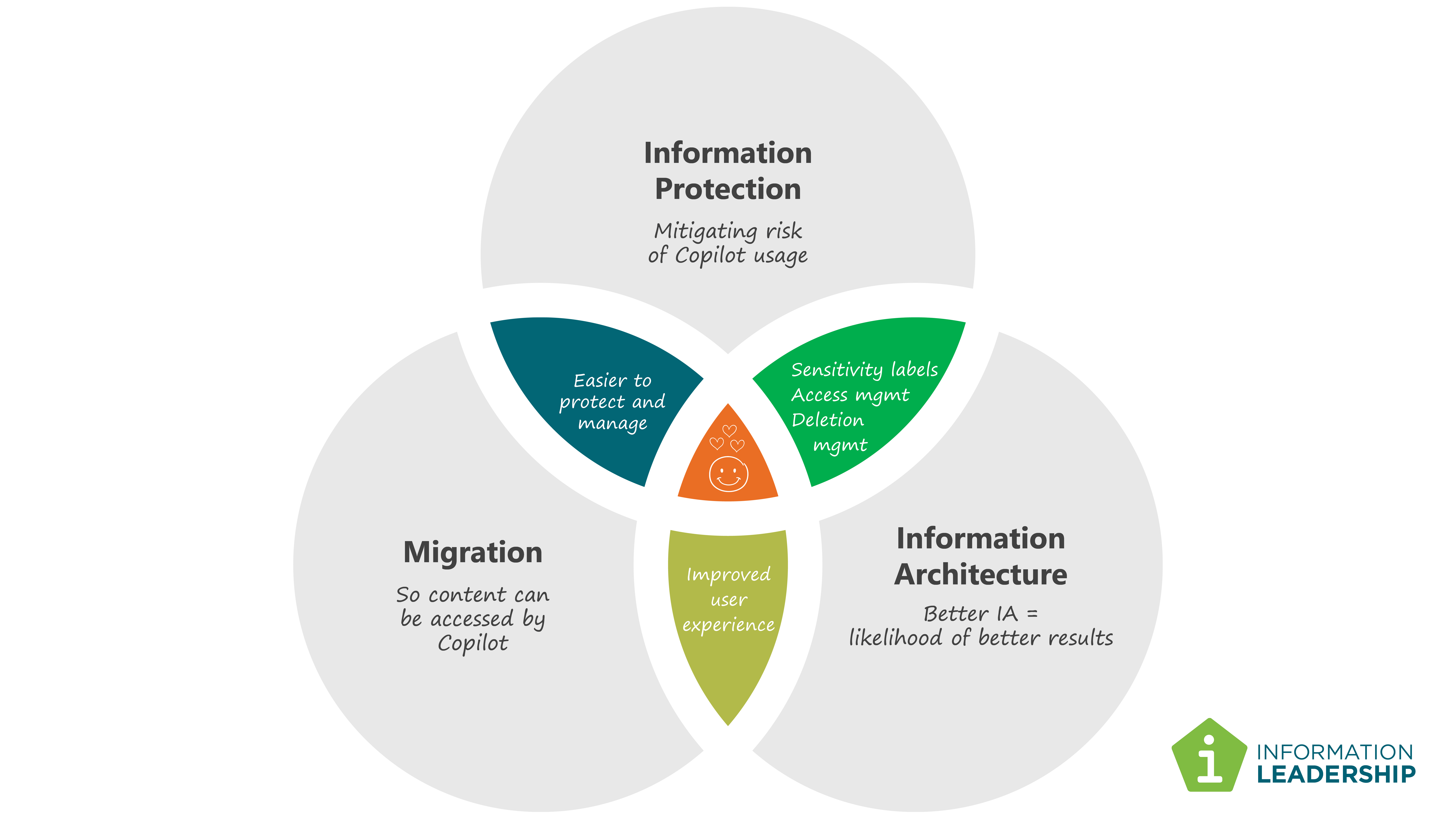
The rise of generative AI - revolutionising content creation and management
Deeper Dive 2/9: The rise of generative AI - revolutionising content creation and management
We all know generative AI is transforming how organisations create and manage content, unlocking new possibilities for automation and efficiency. As we embrace this era of transformation, the use of AI tools such as Copilot and Chat GPT is becoming more prevalent. However, without proper management and integration, the widespread adoption of these tools can pose significant information risk.
We’re seeing workers in almost every organisation and industry trialling AI tools to varying extents. This widespread experimentation highlights a significant trend: the gap between organisations with robust information control and content description (solutions like iWorkplace), and those whose digital estates have grown without guardrails.
For organisations with well-structured digital environments, AI can enhance existing processes, streamline workflows, and provide deeper insights into content management. These entities are poised to leverage AI to its fullest potential, driving innovation and maintaining a competitive edge. On the opposite side of the fence, those with less controlled digital estates face a different challenge. The lack of guardrails can lead to inefficiencies, data silos, and security risks.
As we look ahead, the integration of generative AI into content creation and management will become a cornerstone of digital strategy. Organisations that embrace this technology will not only improve their internal processes but also deliver better experiences to their customers. The ability to generate, manage, and analyse content with unprecedented accuracy and speed will redefine the landscape of digital work.
But getting there requires clarity and control. Ensuring an organisation’s information is protected in an AI enabled world is a fundamental requirement. Without that, organisations can’t safely harness the power of AI.

Having robust information control ensures that sensitive and confidential data is protected. This is particularly important when dealing with Personally Identifiable Information (PII) and other sensitive data, as it helps prevent data breaches and ensures compliance with regulatory requirements.
Secondly, well-defined content description allows AI tools to understand and process information accurately. This enhances the effectiveness of AI-driven solutions, such as generative AI, by providing clear context and structure to the data being analysed. It also helps by automating content, improving data governance and enhancing overall operational efficiency.
Organisations with good information control and content description (metadata) can leverage AI to its fullest potential, driving innovation and maintaining a competitive edge. On the other hand, organisations with less controlled digital estates may face inefficiencies, data silos, and security risks.
We’re helping organisations navigate the tides of change in this area. With good information control and metadata in place, sensitive data can be protected – ensuring accurate AI processing and maximising the benefits of AI tools.
For more insights on how to implement effective AI strategies, connect with Katherine on LinkedIn or get in touch.